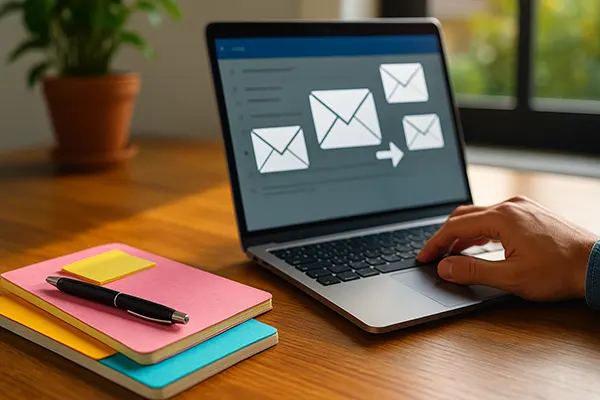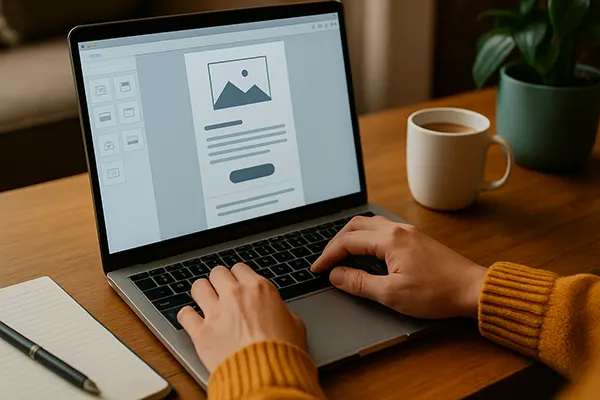How to Build an Email Sequence for Selling an Info Product from Scratch

Creating an effective email sequence is crucial for anyone planning to launch and sell an info product. A well-structured chain of messages can nurture interest, educate your audience, build trust, and ultimately drive conversions. In this article, we will break down how to build a complete email sequence from zero, using expert principles and practical tactics that work in 2025.
Understanding the Role of an Email Sequence
Before diving into copywriting or automation tools, it’s essential to understand what an email sequence is and why it matters. An email sequence is a series of scheduled messages sent to a specific audience with the purpose of guiding them through a journey — from awareness to purchase.
This type of email marketing works best when it addresses pain points, provides valuable content, and subtly encourages a buying decision. Especially in 2025, when inboxes are crowded, delivering consistent, relevant value is the key to standing out.
Most importantly, a well-constructed sequence doesn’t rush the sale. Instead, it nurtures the lead and helps potential customers recognise the benefit of your info product on their own terms.
Types of Emails You Need in Your Sequence
The core of any sequence includes several categories of messages. First, you need a welcome email that sets the tone and introduces your brand or expertise. This message should offer value up front — a free resource, checklist or insight that shows your authority in the subject.
Next, you’ll include 2–3 educational emails. These offer in-depth information or a mini-series of helpful advice. Their aim is to build trust and show that you genuinely understand your audience’s challenges and how your product addresses them.
Finally, your sales emails should come in with urgency and clarity. Use deadlines, bonuses, and real-world examples to convince your reader to act now. Space them well and avoid sounding overly promotional.
Creating the Sequence: Step-by-Step Process
Start by outlining the buyer’s journey. Think about what your subscriber feels when they sign up: curious but unsure. Your job is to map their journey toward confidence. Identify 5–7 key steps that move them from awareness to action.
Then, write each email with a single objective. Don’t cram too much into one message. One email should solve one micro-problem. For example, a subject line like “Why most people fail to build passive income” should lead to a focused insight that connects back to your offer.
Use personal stories, testimonials, or statistics that make your argument stronger. Every paragraph should either inform, inspire, or lead toward your offer. Add soft calls to action early on — the final email will include the strongest sales push.
Recommended Sequence Structure
1. Welcome Email – Introduction, free resource, what to expect.
2. Problem Awareness – Highlight a common problem your audience faces.
3. Educational #1 – Share a valuable tip or lesson.
4. Educational #2 – Provide a real case study or example.
5. Offer Introduction – Briefly introduce your product as a solution.
6. Sales Email – Full presentation of the offer, features, price.
7. Urgency Email – Reminder with deadline or bonus ending soon.

Optimising for Engagement and Deliverability
Writing great emails is only half the job. If people don’t open or see your messages, your sequence won’t deliver results. That’s why deliverability, timing, and content engagement are just as important as the copy itself.
Start by cleaning your list regularly. Remove inactive users and ensure all sign-ups are double opt-in to prevent spam traps. Avoid using all-caps or too many exclamation marks in your subject lines, which can trigger spam filters.
Experiment with sending times based on your audience behaviour. For example, in 2025, morning weekday sends between 9:00–11:00 AM local time tend to perform best across education-related info products.
Writing Tips to Maximise Results
Focus on clarity and tone. Your reader should feel like you’re talking directly to them — not broadcasting a mass message. Use short paragraphs, clear formatting, and avoid jargon unless it’s industry-specific and well-known.
Include a call to action in every email, even if it’s soft. For instance, ask for replies, link to a blog post, or prompt readers to consider a question. Interaction keeps your emails out of spam folders and builds connection.
Lastly, test subject lines and preview texts. They’re the gatekeepers of every email. A small tweak — like adding a question or curiosity gap — can double your open rate.
